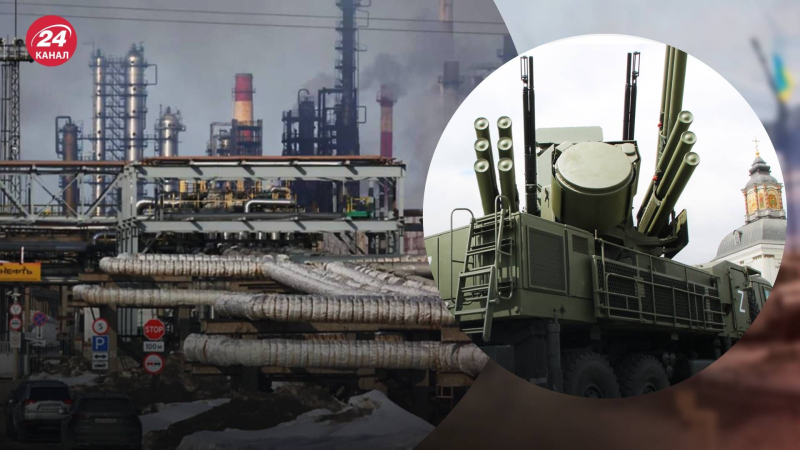Russians showed respect for the attacks on the oil refinery/Collage 24 Channel With the beginning of methodical strikes by the Armed Forces of Ukraine on Moscow, the Kremlin began to deploy new air defense systems in Russian regions. The issue of protection from air attacks became especially acute after the Ukrainian Armed Forces attacked oil refineries in Russia. The reasons for the delays in increasing air defense coverage likely lie in traditional reports to the Kremlin, which contain information about “successfully shooting down all targets.” However, after fires regularly broke out at enemy refineries, Moscow decided to involve the so-called Russian Guard and Pantsir anti-aircraft missile and gun systems. As noted in Defense Express, the time frame for implementing coverage of Russian refineries can be compared with attacks on Moscow in the summer of 2023. Methodical attacks continued until the end of August, and already at the beginning of September the Russians reported that they were creating new air defense areas around Moscow, even constructing analogues of Flakturm from the time of the Third Reich – towers on which Pantsirs were installed. That is, the example with Moscow demonstrates that a reaction time of a month is a fairly realistic time frame for the Kremlin to resolve a set of measures, which involves the allocation of appropriate units that need to be withdrawn from other directions and placed in a new field area, the publication writes. < /p> However, “Arctic” units were used to protect the Russian capital. That is, in the summer of 2023, the Russians no longer had extra air defense systems, so they were forced to remove them from other directions. If the enemy does not have Pantsirs at all, then The occupiers can use conventional ZU-23-2 and heavy machine guns to protect the refinery. However, their effectiveness will be significantly less. In addition, the range of Ukrainian drones reaches 1000 kilometers, which means the possibility of a wide geography of attacks, and switching from one object to another. That is, when the enemy spends resources on covering the refinery, the Ukrainian Armed Forces can direct attacks on other important Russian facilities.
Time frame for building protection
Strikes on Russian refineries
Attacks on Russian oil refineries: will the enemy be able to protect the refineries with air defense systems?
43

